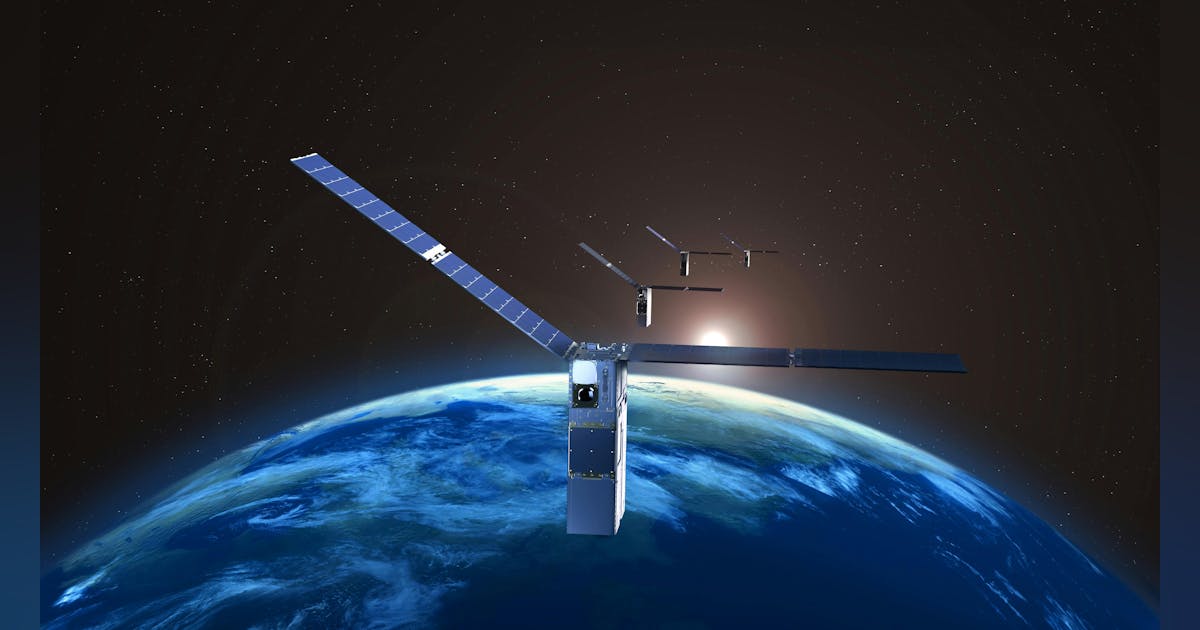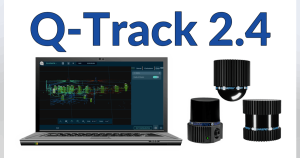NASA and SpaceX Enhance Space Traffic Coordination
March 28, 2025 – The initial phase of improving coordination involved establishing a dependable method for communicating maneuver responsibilities among operators, as reported by Tara Friesen from NASA.

As the frequency of missions to low Earth orbit increases, efficient space traffic management remains crucial. Various satellite operators utilizing autonomous systems must collaborate effectively to handle the escalating demands. NASA’s Starling spacecraft swarm recently engaged in coordination maneuvers with SpaceX’s Starlink constellation, showcasing a promising method for improving space traffic management, according to Friesen.
The Starling mission, executed by the Small Spacecraft Technology program at Ames Research Center, successfully demonstrated autonomous maneuvers in alliance with SpaceX’s Starlink satellites. Initially intended to verify autonomous orbital planning among four small spacecraft, the mission evolved into Starling 1.5, which concentrated on real-time coordination in low Earth orbit.
Presently, satellite operators depend on manual coordination through phone calls and emails to avert potential collisions—a tedious method that can delay vital actions. NASA and SpaceX worked together to refine this approach by creating a conjunction screening service that enables operators to promptly submit trajectory data and clarify maneuver responsibilities.
During the Starling 1.5 demonstration, NASA’s Starling system autonomously planned and executed a maneuver to avert a close encounter with a Starlink satellite, thus validating SpaceX’s screening service. This innovation supports the development of a fully automated system designed to manage increasing satellite constellations.
Roger Hunter, program manager of the Small Spacecraft Technology program, stated, “With enhanced access and utilization of low Earth orbit necessitating an improved space traffic coordination framework, Starling 1.5 is generating essential data. This initiative is the outcome of a successful partnership between NASA, the Department of Commerce, and SpaceX, advancing technology to tackle these challenges. We are eager to witness the continued impact of Starling technologies in enhancing spacecraft coordination, cooperation, and autonomy.”
For more on related topics, check these articles:
- Firefly selects Honeybee Robotics for lunar mission rover
- Japanese space debris company collaborates with Indian firms
- NASA’s SpaceX Crew-9 returns to Earth post-ISS mission
Written by Jamie Whitney, Senior Editor at Military + Aerospace Electronics.













